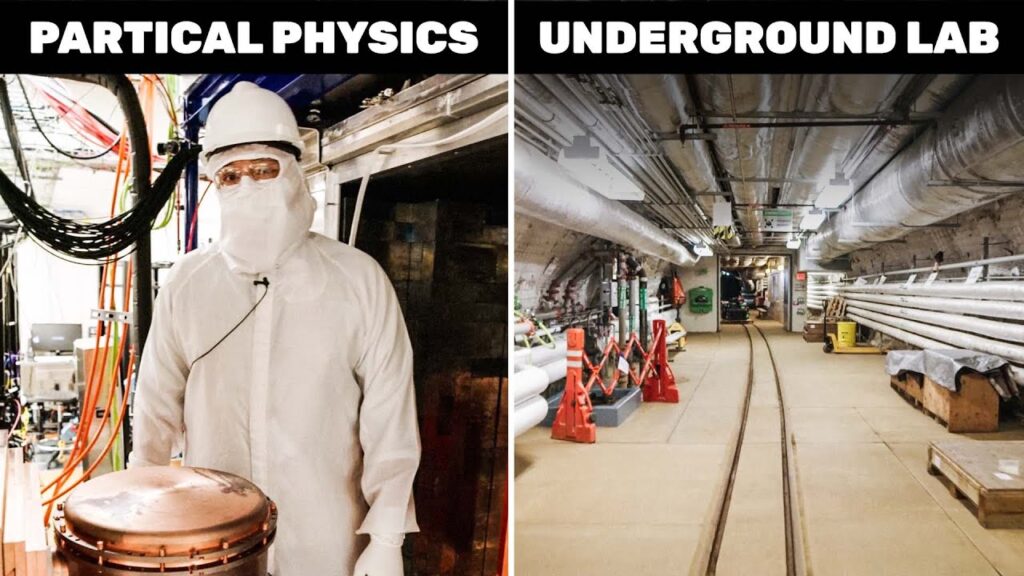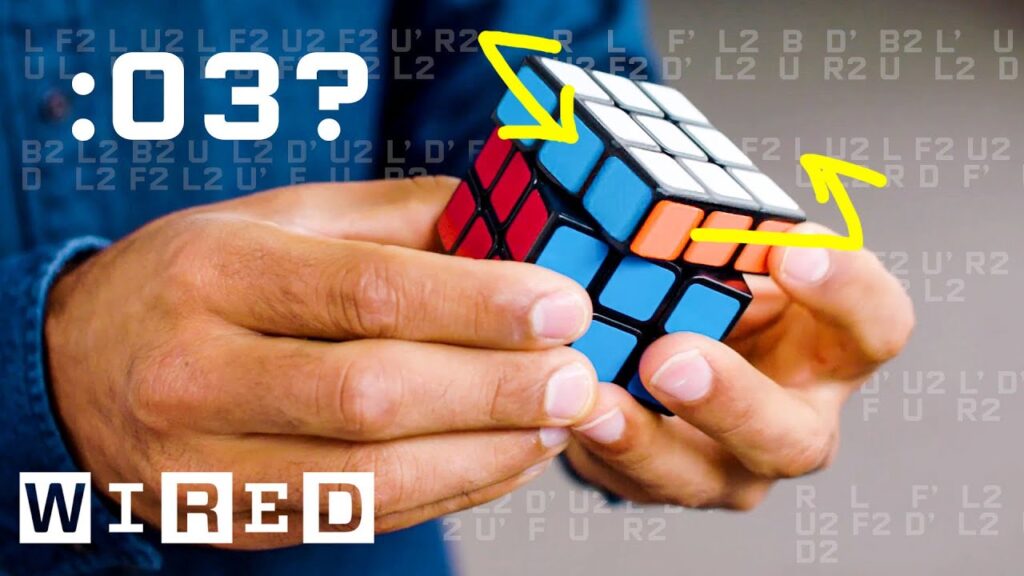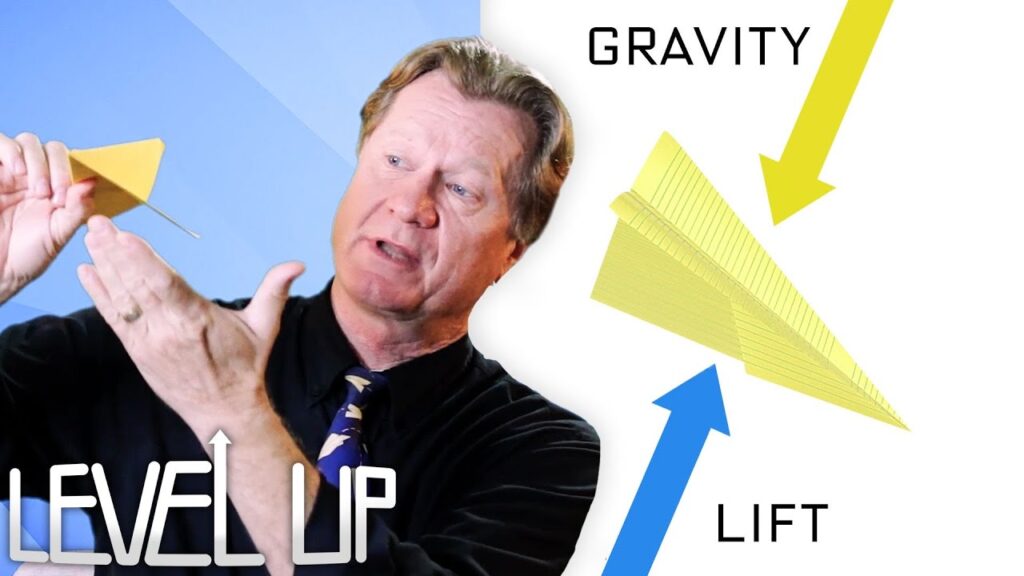3D Gesture Control Technology: The Future of Interaction
Summary
In this article, we explore the emerging trend of 3D gesture control technology and its potential applications in the future. We take a look at Leonard, a new 3D modeling software that uses a stylus called a bir and 3D glasses to enable users to sculpt 3D models in the air. We also examine SoftKinetic’s Near Mode Interaction prototype, which brings Kinect-like gesture controls to laptops and desktops, and has the potential to replace mouse and keyboard controls.
Table of Contents
- Leonard: A New Kind of 3D Modeling Software
- SoftKinetic’s Near Mode Interaction Prototype
- The Future of 3D Gesture Control Technology
- Conclusion
Leonard: A New Kind of 3D Modeling Software
3D modeling has always been a challenging task that requires extensive knowledge of mathematics and programming. However, Leonard, a new 3D modeling software, aims to change that. With Leonard, users can sculpt 3D models in the air using a stylus called a bir and 3D glasses. The software also utilizes eye tracking sensors that sit on the computer screen. This lowers the learning curve and makes 3D modeling more accessible to artists and designers. Leonard is currently being used by universities and medical facilities, and a basic purchase costs $1,000, which includes the bir, the sensor, the glasses, and the software.
SoftKinetic’s Near Mode Interaction Prototype
SoftKinetic’s Near Mode Interaction prototype brings Kinect-like gesture controls to laptops and desktops. The DepthSense technology used by SoftKinetic can detect objects as close as 15 centimeters, which is much closer than Kinect’s 50 centimeters. The software can also detect more detail, such as individual fingers, which could potentially replace mouse and keyboard controls. SoftKinetic plans to release a clip-on device for laptops in the coming year, and eventually integrate the technology into laptops themselves.
The Future of 3D Gesture Control Technology
3D gesture control technology has the potential to revolutionize the way we interact with our devices. In addition to 3D modeling and controlling desktop and laptop computers, the technology could be used in a variety of other applications, such as gaming, virtual reality, and even healthcare. As the technology continues to develop, we can expect to see more intuitive and natural ways of interacting with our devices.
Conclusion
3D gesture control technology is an exciting emerging trend that has the potential to transform the way we interact with our devices. From 3D modeling to controlling our desktop and laptop computers, the possibilities are endless. As the technology continues to evolve, we can expect to see more innovative and intuitive ways of interacting with our devices in the future.







